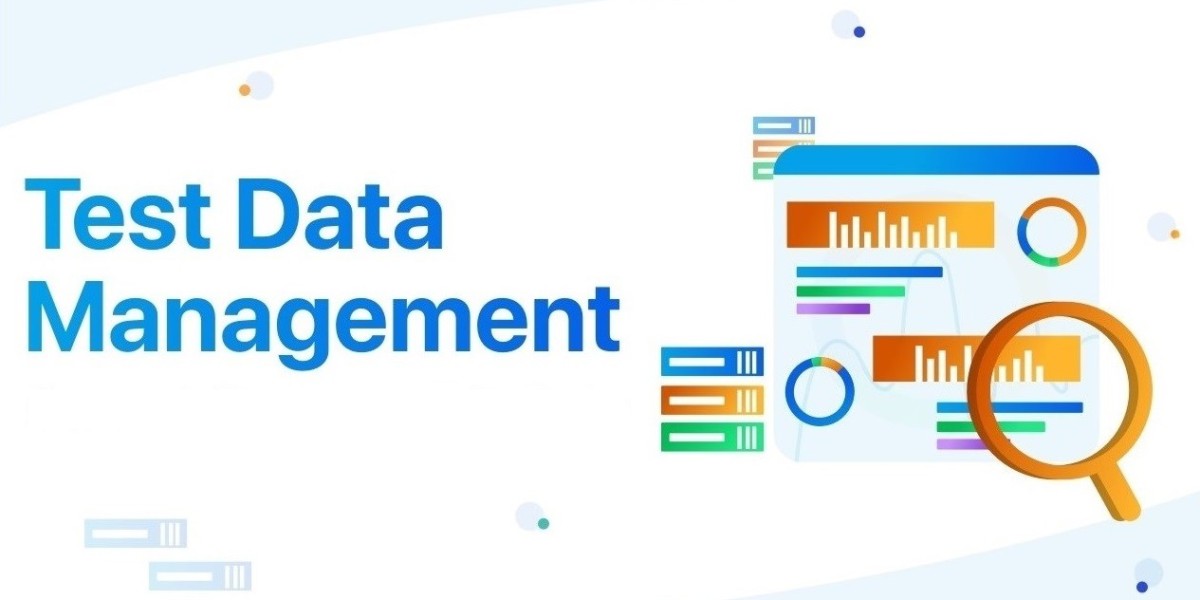Test Data Management (TDM) is a critical aspect of software development and quality assurance processes. It involves the creation, storage, manipulation, and deletion of test data used in software testing. Effective test data management ensures that software applications are thoroughly tested under various conditions, leading to higher quality products, faster time-to-market, and reduced costs.
What is Test Data Management?
Test Data Management refers to the process of planning, designing, storing, managing, and maintaining test data sets used in software testing processes. It involves the creation of realistic and representative test data that simulates real-world scenarios. The primary goal of TDM is to ensure comprehensive test coverage, enabling the identification and elimination of software defects before deployment.
Importance of Test Data Management
1. Improved Test Coverage:
By utilizing a well-managed test data set, organizations can ensure comprehensive test coverage, including various use cases and scenarios.
2. Enhanced Data Security:
Effective TDM practices include data masking and anonymization techniques, ensuring that sensitive information is protected during testing.
3. Cost Reduction:
Efficient test data management leads to cost reduction by optimizing testing processes, reducing the need for manual intervention, and preventing data duplication.
4. Faster Time-to-Market:
With streamlined testing processes and readily available test data, organizations can accelerate their software development lifecycle, leading to faster time-to-market for their products.
Best Practices for Test Data Management
1. Data Profiling and Analysis:
Before creating test data sets, it's essential to profile and analyze the production data to understand its structure, relationships, and quality. This analysis helps in identifying potential issues and defining test data requirements.
2. Data Masking and Anonymization:
To ensure data security and compliance with regulations like GDPR, it's crucial to mask sensitive information such as Personally Identifiable Information (PII) and financial data. Data masking techniques like substitution, shuffling, and encryption can be used for this purpose.
3. Test Data Generation:
Once the requirements are defined, automated tools can be used to generate test data sets. These tools should be capable of creating diverse and realistic data sets that cover various test scenarios.
4. Data Subset and Refresh:
Instead of using the entire production database for testing, organizations should create subsets of data that are relevant to specific test scenarios. Regular data refreshes ensure that test data remains current and relevant.
5. Data Versioning and Control:
Implementing version control mechanisms for test data sets ensures that testers are using the correct data for their testing activities. It also helps in tracking changes made to test data over time.
6. Data Governance and Compliance:
Establishing clear data governance policies and ensuring compliance with data privacy regulations is essential for effective test data management. Regular audits and reviews help in identifying and addressing any compliance issues.
Challenges in Test Data Management
While test data management offers numerous benefits, organizations often face several challenges in implementing effective TDM practices.
1. Data Quality Issues:
Inaccurate, incomplete, or inconsistent test data can lead to ineffective testing and inaccurate results. Maintaining data quality requires ongoing monitoring and cleansing efforts.
2. Data Security Concerns:
Protecting sensitive information during testing is a significant challenge. Data masking and anonymization techniques must be implemented effectively to prevent data breaches.
3. Data Synchronization:
Keeping test data synchronized with production data can be challenging, especially in complex environments with multiple interconnected systems.
4. Resource Constraints:
Many organizations struggle with limited resources and budgets for test data management initiatives. Lack of skilled personnel and appropriate tools can hinder effective TDM implementation.
Conclusion
Effective Test Data Management is crucial for ensuring the quality, security, and reliability of software applications. By implementing best practices and overcoming common challenges, organizations can streamline their testing processes, reduce costs, and accelerate time-to-market for their products.


